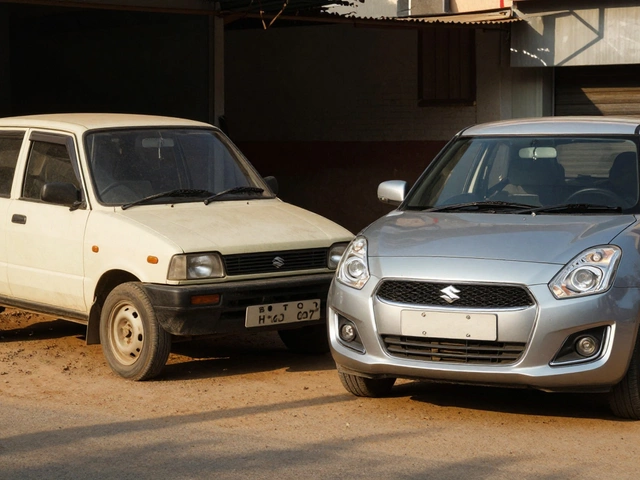Top Purchases: High‑Demand Products & Market Insights
When analyzing Top Purchases, the products that generate the highest sales volumes across industries. Also known as best‑selling items, they reveal where consumer money flows. Understanding Manufacturing Costs, the capital required to produce goods, from raw material to labor and compliance helps predict which items can sustain high demand. Likewise, tracking Product Demand Trends, shifts in consumer preferences and market dynamics gives a clear picture of why some purchases top the charts. If you’re looking for the top purchases that dominate 2025, you’re in the right spot.
Key Factors Shaping Top Purchases
First, the cost to start a manufacturing operation directly influences which products can be offered at competitive prices. Our guide on startup budgets breaks down equipment, land, labor, and compliance fees, showing why low‑cost entry points often lead to high‑volume items. Second, the sheer popularity of a product—like the smartphone, which still reigns as the #1 manufactured item in 2025—creates a feedback loop: strong sales drive economies of scale, which lower prices, attracting even more buyers. Third, waste reduction plays a silent but powerful role; overproduction is the biggest drain on profitability, so lean practices can turn a marginal product into a top purchase.
Third‑party factors also matter. Countries with cheaper manufacturing bases, such as India compared to China, shift the balance of where top purchases are sourced. Our cost‑comparison analysis highlights labor, energy, and logistics differences that can tip the scales for global buyers. Meanwhile, industry‑specific rankings—like India holding the third spot in global textile production—signal where the next wave of high‑demand goods may emerge, from fabrics to finished garments.
Beyond raw numbers, sector‑specific insights matter. The pharmaceutical arena, for example, shows that the richest companies often set market trends that ripple through related product categories. Knowing which drug manufacturers lead can hint at upcoming health‑focused purchases. Similarly, steel quality rankings help construction and automotive buyers pick the best material, influencing the demand for high‑performance components that become top purchases for specialized markets.
Business health also intertwines with purchase patterns. Understanding why 90 % of ventures fail—often due to cash flow missteps or ignoring market demand—helps entrepreneurs avoid the pitfalls that keep a product from becoming a top purchase. Our failure‑prevention checklist equips you with practical steps to keep your product line viable and attractive.
All these threads—cost structures, demand dynamics, waste management, geographic advantages, and business resilience—intersect to shape the landscape of top purchases. The articles below dive deeper into each area, offering data‑backed breakdowns, actionable checklists, and real‑world examples that can help you spot the next high‑demand product and position your business for success.
Top Trending Products Consumers Are Buying in 2025
Discover the product categories Australians are buying most in 2025, why they matter for manufacturers, and how startups can turn these trends into profitable ventures.
Read More




